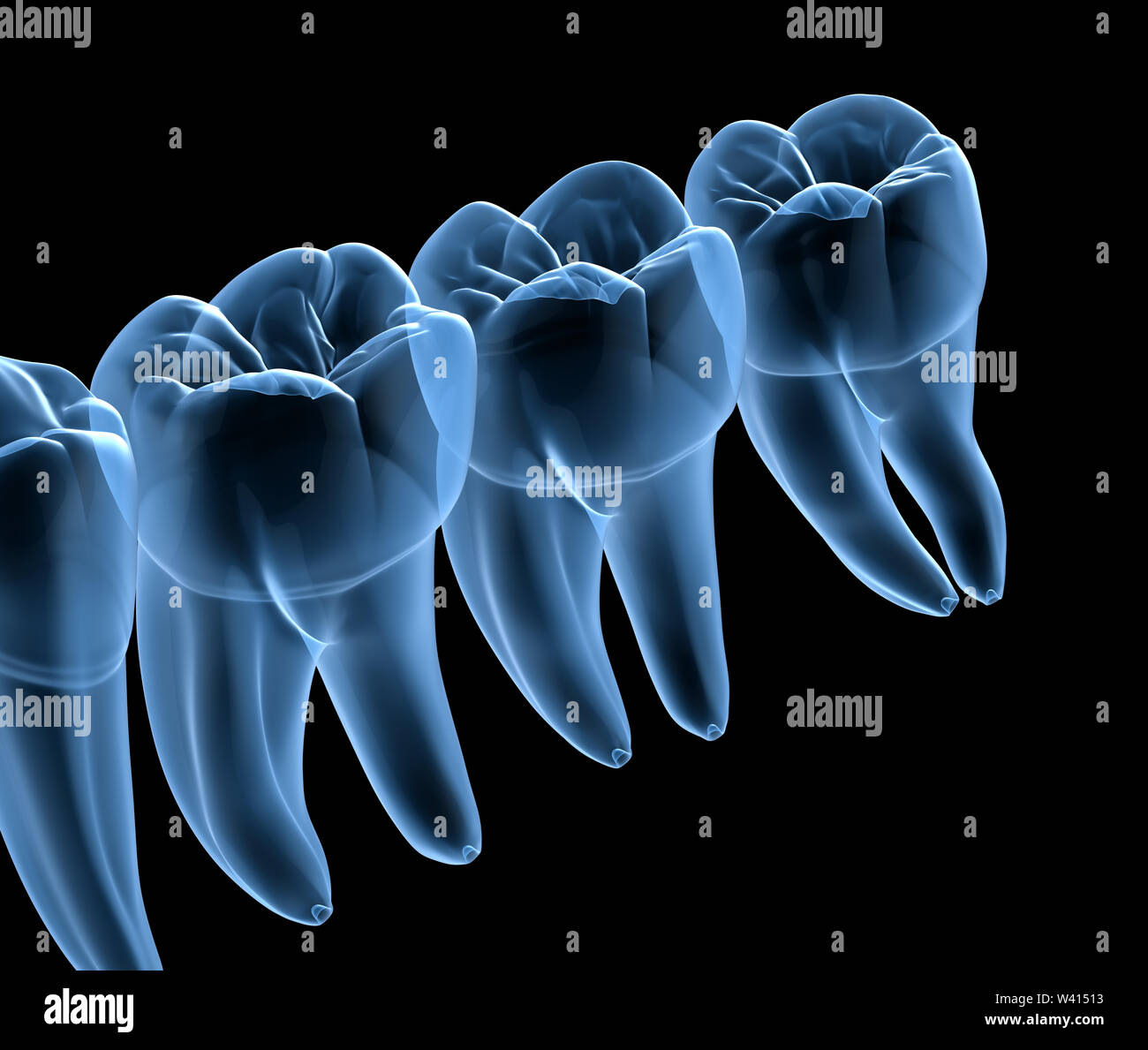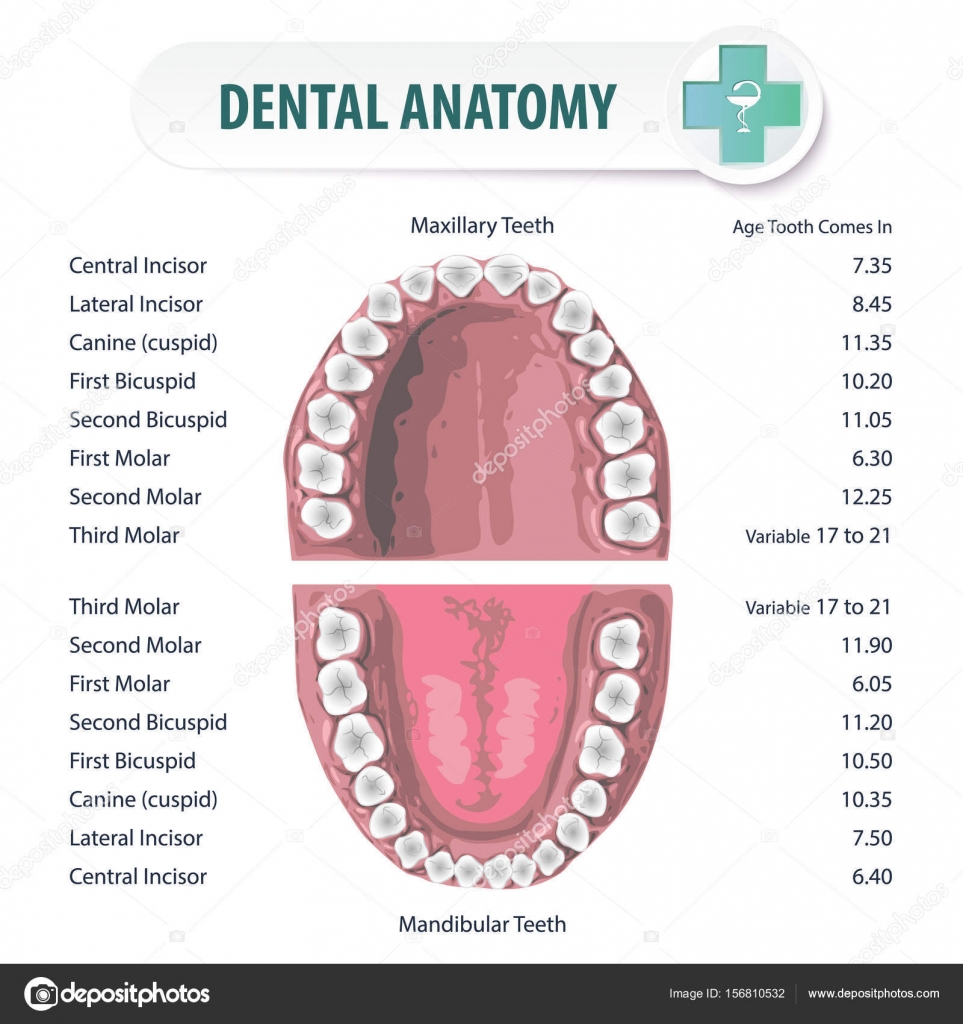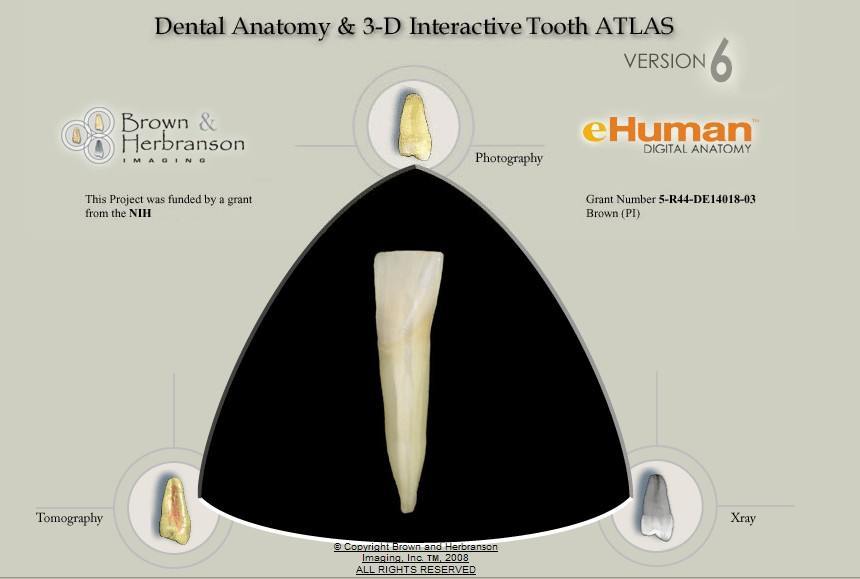

Cementum is softer than the dentin and enamel.

It attaches the tooth to the alveolar bone. The cementum is a calcified substance that covers the root. This is due to the slightly different composition of dentin.

The dentin is softer and more susceptible to dental caries than the enamel. The dentin is sensitive to heat, cold, and touch, which appears as pain sensation. The nerve tissues provide stimuli to the pulp. It contains fine tubes called “dentinal tubules” which contain nerve tissues. It is the largest part of tooth structure, surrounding the pulp. The dentin is the second layer of the tooth, after the enamel.

Types of teeth and their functions: Incisors cut food. They crush food between the occlusal surfaces of upper and lower premolars and molars to make food swallowing and digestion easier. They have a wide and flat surface (occlusal surface) with several cusps. Premolars and molars: they are located behind canines.They hold food during biting to facilitate the cutting of food. Canines: they are located directly after the incisors.Incisors are sharp and allow food biting and cutting. Incisors: they are in the front area of the upper and lower jaw (4 in each arch).Every tooth in the oral cavity has a specific function: The main task of teeth is to cut, crush, and grind food, making swallowing and digestion easier. When the primary and permanent teeth erupt?.Tooth anatomy: the structure of a tooth and surrounding tissues.What are the types of teeth and their functions?.To understand how caries and other dental problems occur, you should know the tooth anatomy. However, bacterial acids can damage the teeth, causing dental caries and abscess. Usually, teeth can withstand high chewing force. Also, there are four types of teeth: incisors, canines, premolars, and molars. These teeth are later replaced by the permanent teeth (the 2nd set). The primary teeth start to erupt at about 6 months of age. The first set is known as baby, milk, primary, or deciduous teeth. Also, your teeth play an important role in talk and make you look good. With your teeth, you can cut, crush, and grind food to prepare it for swallowing and digestion.


 0 kommentar(er)
0 kommentar(er)
